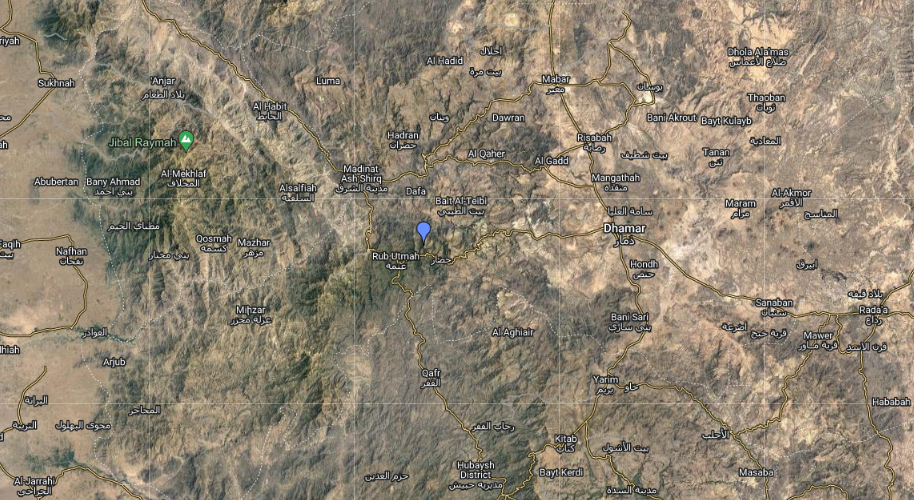Investigation of Edaphic and Climatic Factors for Thymus laevigatus in Utmah Natural Reserve, Yemen
Keywords:
Bioclimatic zone, Climatic , Edaphic, Thymus laevigatus, YemenAbstract
In natural habitats of wild plants, growth, and productivity are influenced by various environmental factors, including edaphic and climatic conditions. Yemen has many natural habitats that contain endemic plants. Thymus laevigatus is one of these plants distributed in higher mountain areas in the Northern part of the country. Assessment of environmental factors in these areas is still limited. So, this study aimed to analyze the edaphic and climatic factors affecting the growth of wild thyme in the Utmah Natural Reserve. Soils 0-25, and 25-50 cm deep were randomly sampled from the rhizosphere of the thyme. Edaphic factors include soil texture, organic matter, pH, EC, mobile potassium (K2O) and phosphorous (P2O5), Exchangeable (Ca, Mg, Na), Available (Fe, Zn, Mn), and total Calcium carbonate (CaCO3). The meteorological data (precipitation, temperature, and average monthly sunshine duration) for 2015-2022 were obtained from the Water and Environment Center – Sana’a University. Results showed that K2O, Zn, and Ca concentrations are deficient; Mn is adequate; Mg is near moderate; P2O5 is moderate; Fe and organic matter are adequate; Na is high. Soil is without salinity and pH is alkaline. The soil texture is sandy loam. The bioclimatic zone is semi-arid with a temperate winter. Wet periods are months of April, May, mid-July, August, and October with a yearly average rainfall of 377.13 mm. Minimum temperatures are between 6.83-15.01°C, while the maximum is between 23.21-31.16°C. The average sunshine hours during thyme growth season are 10.68 h/ day. The obtained results represent the basic requirements for the growth and productivity of thyme in its natural habitats. Also, it provides preliminary information that can be used to plan conservation projects for this plant and contribute to its domestication and cultivation.
Downloads

Published
How to Cite
Issue
Section
Copyright (c) 2024 Adel Sultan Alqadasi، Younis Humaid

This work is licensed under a Creative Commons Attribution-NonCommercial-NoDerivatives 4.0 International License.
